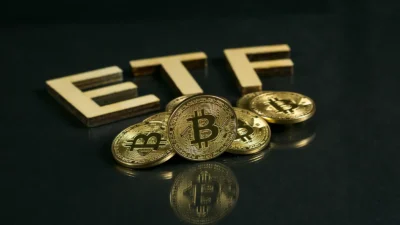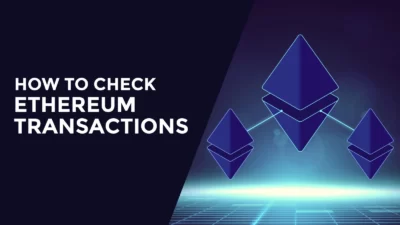Table of Contents
ToggleOn chain governance is the process by which a blockchain network makes decisions. These decisions can be related to anything from changes to the underlying codebase to alterations to the way rewards are distributed. There are many different types of on-chain governance, each with its advantages and disadvantages.
What is On-Chain Governance?
On chain governance is a form of decentralized governance where blockchain-based rules are enacted and enforced through smart contracts. This has become an increasingly popular concept as the blockchain world grows more sophisticated and efficient, offering users the ability to make decisions collaboratively while maintaining the same level of trust they have come to expect from decentralized architecture.
By deploying smart contracts onto the blockchain, projects can leverage transparency, flexibility, and accountability on their networks without relying on any single entity or individual.
Participants in On Chain Governance
Creating incentives for various actors serves to decentralize decision-making around a range of issues. Participants in this form of governance play an integral role in achieving actionable outcomes, based on inputs from a variety of stakeholders. These participants could include individuals, user communities, firms, organizations, and even automated processes.
It is these entities that will help to figure out how the application of blockchain technology can be maximized to support the transparency and accountability needed in decentralized systems while also satisfying the interests of their respective actors.
Types Of On Chain Governance
1. Decentralized Autonomous Organizations
A decentralized autonomous organization (DAO) is a type of on chain governance that allows a group of people to cooperatively manage a crypto project. DAOs are typically managed by smart contracts, which are programs that automatically execute certain actions when certain conditions are met. For example, a DAO may have a smart contract that automatically distributes funds to project developers based on their contributions.

2. Decentralized Autonomous Communities
A decentralized autonomous community (DAC) is a type of on chain governance that allows a group of people to cooperatively manage a crypto project. DACs are similar to DAOs, but they are typically managed by humans rather than smart contracts. For example, a DAC may have a group of people who vote on which project proposals should be funded.
3. Decentralized Autonomous Networks
A decentralized autonomous network (DAN) is a type of on chain governance that is based on a set of rules that are encoded into smart contracts. DANs are typically run by a group of people who have invested in the network and have voting rights. The decisions of a DAN are made by consensus, and all members have an equal say in decision-making
Advantages of On-Chain Governance
1. It is a decentralized form of Governance
On-chain governance in the crypto space is an incredibly powerful tool for helping users make decisions in a decentralized way. Not only does it create a level of security, but it helps all decision-makers act consistently to reach preferable outcomes. It thus provides contributors in the global crypto economy with tangible value while allowing them to be part of a collective decision-making process.
2. It offers a quicker turnaround time for changes
In particular, this type of governance allows for a quicker turnaround in decisions. By allowing projects to make decisions in an automated and decentralized way on a blockchain network, the need to wait for moderators or directors to take formal action is eliminated — meaning that changes happen almost instantly and without the need for in-person meetings or long debates.
3. The possibility of the hard fork is reduced significantly
On-chain governance in the cryptocurrency space offers a multitude of advantages in comparison to other governance models. One Chief among these is the vast reduction in the possibility of a hard fork in crypto networks. This encourages unity and efficiency in the network while simultaneously giving stakeholders an extra level of control over outcomes in their assets
Disadvantages of On-Chain Governance
1. It has a low voter turnout
This can be attributed to customers in this arena having no inherent commitment to their holdings in the same manner as more traditional investments such as stocks and bonds, along with a lack of education on the implications of voting either way in terms of the individual return.
2. Users with greater stakes can manipulate Votes
One of the main disadvantages of on-chain governance is that users with greater stakes in the system can easily manipulate votes in favor of their self-interest. This reinforces existing power dynamics among stakeholders and risks placing far too much control in the hands of too few actors.

Critiques of ON-Chain vs. Off-ChainGovernanace
On–chain governance essentially puts the decision-making power in the hands of those who own coins or tokens in a blockchain network, while Common critiques of on-chain governance include that it can lead to an uneven distribution of voting power due to disparities in coin or token holdings,
off-chain governance involves involving external stakeholders in the process to collect input necessary for making decisions, a consideration that’s significant even when you’re planning to sell Bitcoin. However, off-chain models are subject to various external factors such as personal interests and politics, which can also influence decisions related to sell bitcoin in dubai.
Both approaches have their merits, however as crypto takes on an ever more important in our lives appropriate mechanisms for governing these new networks must exist.
What are examples of OnChain governance examples?
One great example of On Chain governance being used in the crypto space is MakerDAO, a decentralized autonomous organization (DAO) Ethereum-based cryptocurrency lending platform, in which holders of its token MKR, as well as other stakeholders, vote to determine various parameters such as the interest rate on loans put forth in its stablecoin DAI.
Another On Chain governance example in crypto is Decred, which allows its stakeholders to adjust protocol rules and decide how funding from their block rewards should be used if consensus amongst all parties is hard to reach.
Future Of On-Chain Governance
As the crypto space begins to mature and grow, the concept of in-chain governance is becoming increasingly important to ensure the continued security and future scalability of many blockchain networks. Moving forward, it remains to be seen how this highly sophisticated layer of decentralized decisions continues to evolve in the future, but one thing is certain: on-chain governance is quickly becoming an integral part of any decentralized blockchain system.








